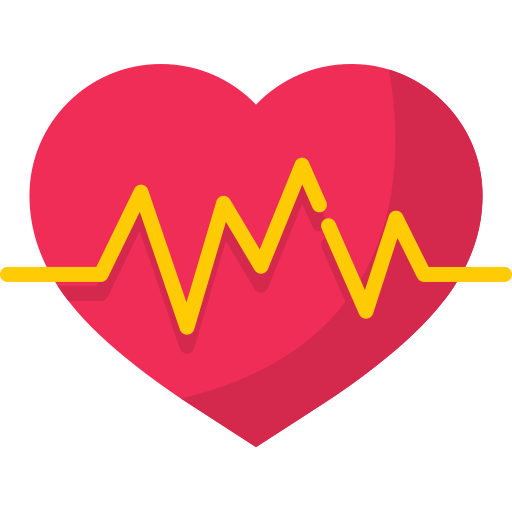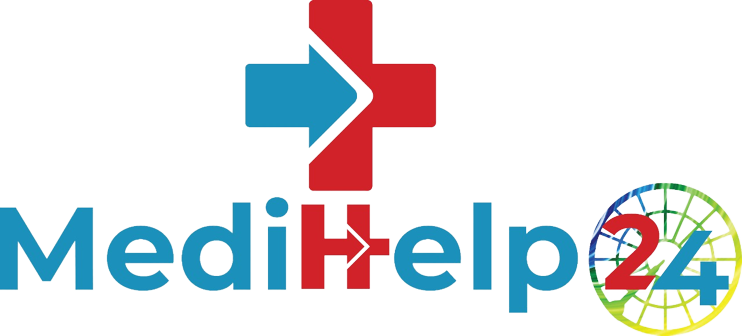
Generic
Clonazepam
Indications
It is indicated for the treatment of panic disorder, with or without agoraphobia. Panic disorder is characterized by the occurrence of unexpected panic attacks and associated concern about having additional attacks, worry about the implications or consequences of the attacks. It is also indicated ... Read moreIt is indicated for the treatment of panic disorder, with or without agoraphobia. Panic disorder is characterized by the occurrence of unexpected panic attacks and associated concern about having additional attacks, worry about the implications or consequences of the attacks. It is also indicated alone or as an adjunct in the treatment of the Lennox-Gastaut Syndrome (petit mal variant), akinetic and myoclonic seizures. It may be indicated in patients with absence seizures (petit mal) who have failed to respond to succinimides. The effectiveness of Clonazepam in long-term use, that is, for more than 9 weeks, has not been systematically studied in controlled clinical trials. The physician who elects to use Clonazepam for extended periods should periodically reevaluate the long-term usefulness of the drug for the individual patient.
Pharmacology
Clonazepam exhibits pharmacological properties which are common to benzodiazepines and include anticonvulsive, sedative, muscle relaxing and anxiolytic effects. The central actions of benzodiazepines are mediated through an enhancement of the GABAergic neurotransmission at inhibitory synapses. In the presence of benzodiazepines the affinity of the GABA receptor for the neurotransmitter is enhanced through positive allosteric modulation resulting in an increased action of released GABA on the postsynaptic transmembrane chloride ion flux. There are also animal data showing an effect of clonazepam on serotonin. Animal data and electroencephalographic investigations in man have shown that clonazepam rapidly suppresses many types of paroxysmal activity including the spike and wave discharge in absences seizures (petit mal), slow spike wave, generalized spike wave, spikes with temporal or other locations as well as irregular spikes and waves. Generalized EEG abnormalities are more regularly suppressed than focal abnormalities. According to these findings clonazepam has beneficial effects in generalized and focal epilepsies.
Dosage Administration
Oral: Adults: The initial dose for adults with seizure disorders should not exceed 1.5 mg/day divided into three doses. Dosage may be increased in increments of 0.5 to 1 mg every 3 days until seizures are adequately controlled or until side effects preclude any further increase. Maintenance dosage must be individualized for each patient depending upon response. Maximum recommended daily dose is 20 mg. The initial dose for adults with panic disorder is 0.25 mg given in two divided dose. An increase to the target dose for most patients of 1 mg/day may be made after 3 days. Pediatric Patients: In order to minimize drowsiness, the initial dose for infants and children (up to 10 years of age or 30 kg of body weight) should be between 0.01 and 0.03 mg/kg/day but not to exceed 0.05 mg/kg/day given in two or three divided doses. Injection: Infants and children: half of a vial (0.5 mg) by slow IV injection or by IV infusion. Adults: 1 vial (1 mg) by slow IV injection or by IV infusion. This dose can be repeated as required (1-4 mg are usually sufficient to reverse the status). In adults, the rate of injection must not exceed 0.25 - 0.5 mg per minute (0.5-1.0 ml of the prepared solution) and a total dose of 10 mg should not be exceeded.
Contraindications
When used in patients in whom several different types of seizure disorders coexist, Clonazepam may increase the incidence or precipitate the onset of generalized tonic-clonic seizures. This may require the addition of appropriate anticonvulsants or an increase in their dosages. The concomitant use of valproic acid and Clonazepam may produce absence status.
Side Effects
When used in patients in whom several different types of seizure disorders coexist, Clonazepam may increase the incidence or precipitate the onset of generalized tonic-clonic seizures. This may require the addition of appropriate anticonvulsants or an increase in their dosages. The concomitant use of valproic acid and Clonazepam may produce absence status.
Pregnancy And Lactation
The most frequently occurring side effects of Clonazepam are referable to CNS depression. Experience in treatment of seizures has shown that drowsiness has occurred in approximately 50% of patients and ataxia in approximately 30%. In some cases, these may diminish with time; behavior problems have been noted in approximately 25% of patients. Abnormal eye movements, aphonia, coma, tremor, vertigo, confusion, depression, amnesia, hallucinations, hysteria, increased libido, insomnia, psychosis & palpitations may also occur.
Therapeutic
Symptoms: Benzodiazepines commonly cause drowsiness, ataxia, dysarthria and nystagmus. Overdose of Clonazepam is seldom life-threatening if the drug is taken alone, but may lead to areflexia, apnoea, hypotension, cardiorespiratory depression and coma. Coma, if it occurs, usually lasts a few hours but it may be more protracted and cyclical, particularly in elderly patients. Increased frequency of seizures may occur in patients at supratherapeutic plasma concentrations. Benzodiazepine respiratory depressant effects are more serious in patients with respiratory disease. Benzodiazepines increase the effects of other central nervous system depressants, including alcohol. Treatment: Monitor the patient’s vital signs and institute supportive measures as indicated by the patient’s clinical state. In particular, patients may require symptomatic treatment for cardiorespiratory effects or central nervous system effects. Further absorption should be prevented using an appropriate method e.g. treatment within 1-2 hours with activated charcoal. If activated charcoal is used airway protection is imperative for drowsy patients. In case of mixed ingestion gastric lavage may be considered, however not as a routine measure. If CNS depression is severe consider the use of flumazenil, a benzodiazepine antagonist. This should only be administered under closely monitored conditions. It has a short half-life (about an hour), therefore patients administered flumazenil will require monitoring after its effects have worn off. Flumazenil is to be used with extreme caution in the presence of drugs that reduce seizure threshold (e.g. tricyclic antidepressants). Refer to the prescribing information for flumazenil, for further information on the correct use of this drug.
Storage Conditions
Adjunct anti-epileptic drugs, Benzodiazepine hypnotics

